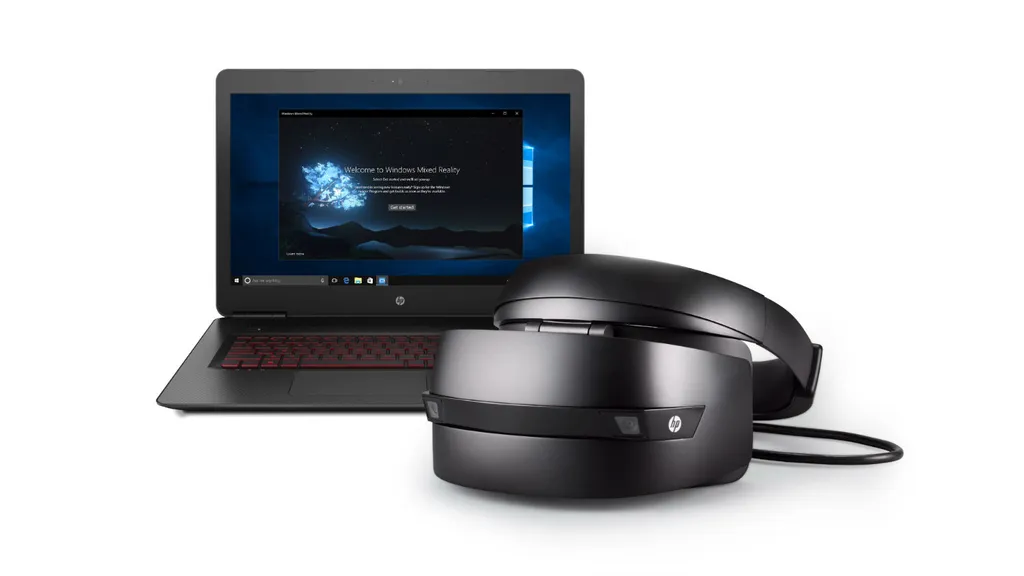VR headset developer kits from Acer and HP that work with Microsoft’s upcoming Windows 10 mixed reality platform will be available for pre-order today starting at around $300.
The hardware of the headsets themselves likely won’t change between when these systems start shipping to developers and when they are marketed toward consumers in a push planned for the holidays this year, according to Microsoft. Software and content of course will be lacking until then, and the Windows operating system itself is still evolving to fully support mixed reality at the core of the system. This means that to actually do anything with the headsets before the consumer push you’d need to be a developer, use Windows in a development mode and program software yourself for the kit.
Both HP and Acer headsets feature LCD displays which are expected to be less expensive than the OLED displays used in Facebook’s Oculus Rift and HTC’s Vive. Those more expensive screens provide smooth and comfortable visuals for most users, and some of these benefits may be lacking on Acer and HP systems. I tried the Acer development edition headset during a demo at Microsoft’s Build conference this week and noticed a kind of stutter to the visuals when moving my head backward and forward or my whole body to the right and left. It is unclear the reason for the stutter — a different writer for Upload tried the headset recently at an event in New York and described a “motion-blur when you moved around — creating a fuzziness to the graphics.”
An interview late last year with Microsoft’s Alex Kipman indicated the company intends to support partners building headsets with a variety of specifications. Those partners include the previously mentioned Acer and HP as well as ASUS, Dell, Lenovo and 3Glasses. If OLED screens similar to what Vive and Rift use for smoother visuals are included in any of those headsets it is likely they’ll be more expensive overall than the $300 Acer system. All the headsets are powered by a Windows 10 PC.
Microsoft is also announcing Motion Controllers with full six degrees of freedom that will be offered as a bundle with the Acer headset later this year for around $400. If trying to compare to the $600 Rift and Touch bundle, we would note there are likely going to be significant differences in how these controllers perform compared with those used by the Vive and Rift — mainly due to the nature of the widely different tracking methods. So while this Microsoft-powered Acer bundle is $200 cheaper than the Rift and Touch, and will be more convenient since the headset and controllers don’t require external cameras or laser emitting boxes to work, there are still likely to be significant differences in the applications that are best suited for the varying hardware.





























